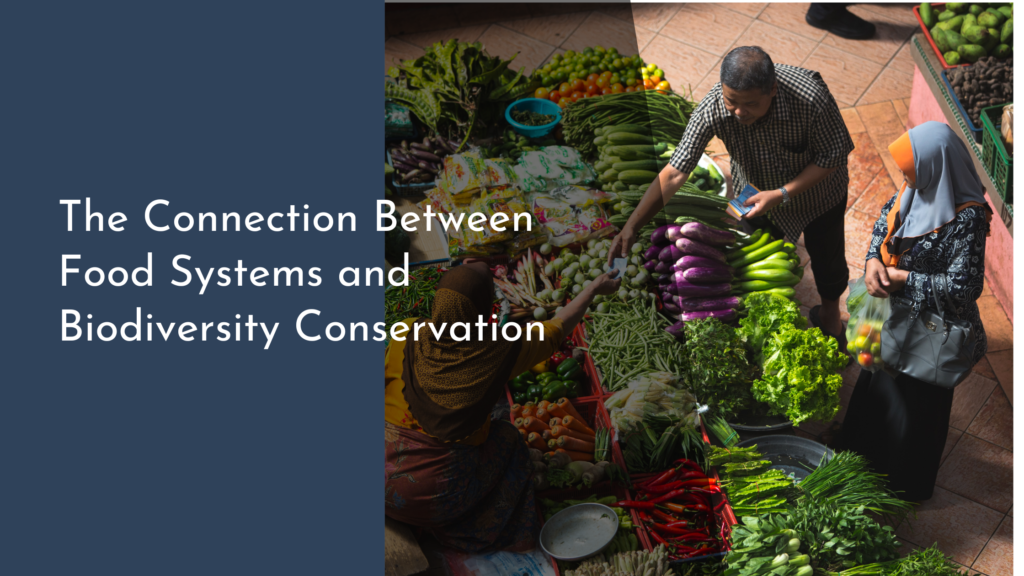Urban Wildlife Rehabilitation Centers: Importance and Practices
In the hustle and bustle of city life, it’s easy to overlook the diverse wildlife that coexists with us in urban environments. Urban Wildlife Rehabilitation Centers play a pivotal role in preserving this wildlife while also educating the community about the importance of cohabitation. These centers focus on the rescue and rehabilitation of injured, sick, or orphaned wild animals, ensuring they can thrive in their natural habitats. By understanding their significance and practices, we can better appreciate the valuable services they provide and how we can contribute to their efforts.
Understanding Urban Wildlife Rehabilitation Centers’ Role
Urban Wildlife Rehabilitation Centers serve as safe havens for a variety of wild animals that find themselves in distress due to urbanization, pollution, or human activities. These centers focus on providing care for injured or orphaned species, ranging from birds and small mammals to reptiles and occasionally larger species. By offering medical treatment, rehabilitation, and ultimately, re-release into their natural habitats, these centers serve as critical nodes in maintaining local biodiversity.
Equally important is the educational role these centers play within urban communities. They often conduct workshops, outreach programs, and community events to raise awareness about the challenges wildlife face in urban settings and the importance of conservation efforts. By fostering a deeper understanding of local ecosystems, these centers encourage residents to adopt practices that protect wildlife, such as responsible waste disposal and creating wildlife-friendly spaces in their gardens.
Key Practices in Urban Wildlife Rehabilitation Explained
The rehabilitation process at Urban Wildlife Rehabilitation Centers typically involves several key practices, starting with the initial assessment of the animal’s health. Trained professionals evaluate the animal’s injuries or illnesses and develop a tailored treatment plan. This may include medical care, such as wound treatment or administering medication, as well as providing a safe, stress-free environment that mimics their natural habitat to facilitate healing.
Once the animals are stable and healthy, centers often focus on rehabilitation techniques that prepare them for re-entry into the wild. This may involve providing food in a way that encourages natural foraging behaviors, teaching survival skills, and gradually acclimating them to outdoor environments. The goal is always to ensure a successful transition back to their natural habitat, minimizing the risks of human-wildlife conflicts upon release.
How These Centers Benefit Both Animals and Communities
The benefits of Urban Wildlife Rehabilitation Centers extend well beyond the animals they treat. By rehabilitating wildlife, these centers directly contribute to the health of local ecosystems. Healthy wildlife populations help maintain ecological balance, control pest populations, and pollinate plants, which all enhance the overall quality of life in urban areas. This interaction between wildlife and the urban setting creates a richer, more diverse environment that benefits both animals and the human population.
Additionally, these centers foster community engagement and environmental stewardship. Through educational programs and volunteer opportunities, local residents can become active participants in wildlife conservation efforts. This not only nurtures a sense of community but also instills a greater appreciation for the shared environment. Residents become more aware of their impact on wildlife and often adopt more sustainable practices, leading to a more harmonious coexistence between humans and nature.
Getting Involved: Support Urban Wildlife Rehabilitation Efforts
Getting involved with Urban Wildlife Rehabilitation Centers is easier than many might think! Many centers welcome volunteers to assist with various tasks, including animal care, facility maintenance, and participation in educational outreach programs. Volunteering not only provides valuable hands-on experience but also offers an opportunity to connect with like-minded individuals who share a passion for wildlife conservation.
Additionally, financial support is crucial for the continued operation of these centers. Donations, whether through monetary contributions or in-kind gifts such as supplies and equipment, can significantly impact the care provided to sick or injured wildlife. Many centers also host fundraising events and community drives, making it easy for individuals to contribute while enjoying fun, educational experiences that strengthen community ties.
Urban Wildlife Rehabilitation Centers play a vital role in fostering the delicate balance between urban development and wildlife conservation. Through their dedicated efforts, they not only rehabilitate injured and orphaned animals but also educate communities about the importance of preserving local ecosystems. By getting involved, whether through volunteering or donations, you can make a tangible difference in the lives of both wildlife and your community. Together, we can create a more harmonious urban environment where all creatures, great and small, can thrive.

